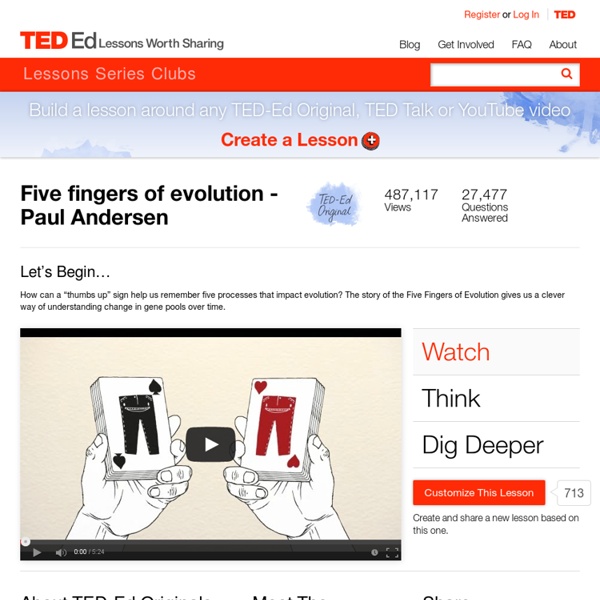Believe in Ohio STEM videos
The Believe in Ohio program invites high school and college students, their instructors and the community to take a virtual field trip into the innovation economy of the future that is being built in Ohio through a series of six, free, regionalized, online courses. What this course is about and why is it important? Our nation is being challenged on an unprecedented level to maintain its historic prosperity. In the face of this challenge, over the last decade, the State of Ohio and its regions have been building Ohio’s innovation economy of the future.
stroop effect
The famous "Stroop Effect" is named after J. Ridley Stroop who discovered this strange phenomenon in the 1930s. Here is your job: name the colors of the following words. Do NOT read the words...rather, say the color of the words. For example, if the word "BLUE" is printed in a red color, you should say "RED".
Scientific Studies: Scientific Method
Learning about the scientific method is almost like saying that you are learning how to learn. The scientific method is a process used by scientists to study the world around them. It can also be used to test whether any statement is accurate.
World Builders: Punnet Squares E Viau CSULA
Punnett Squares Punnett Squares are diagrams used by scientists to help them to figure out how inherited traits (characteristics) will be distributed. The yellow rectangles show the genes that the parents have.
Using the Internet to Do Punnett Squares
Summary:Using a computer connected to the Internet, the student will construct and use Punnett squares of monohybrid crosses to explain how genetic traits are passed to offspring. Main Curriculum Tie: Science - 7th GradeStandard 4Students will understand that offspring inherit traits that make them more or less suitable to survive in the environment. Materials: computer lab (1 computer per 1-3 students) or TV or Video projector connected to a demonstration computer paper and pencil Background For Teachers:This lesson is best done after students have been introduced to the concept of the Punnett square and how it is used to predict possible traits of offspring. A Punnett square looks like a box divided into four squares.



